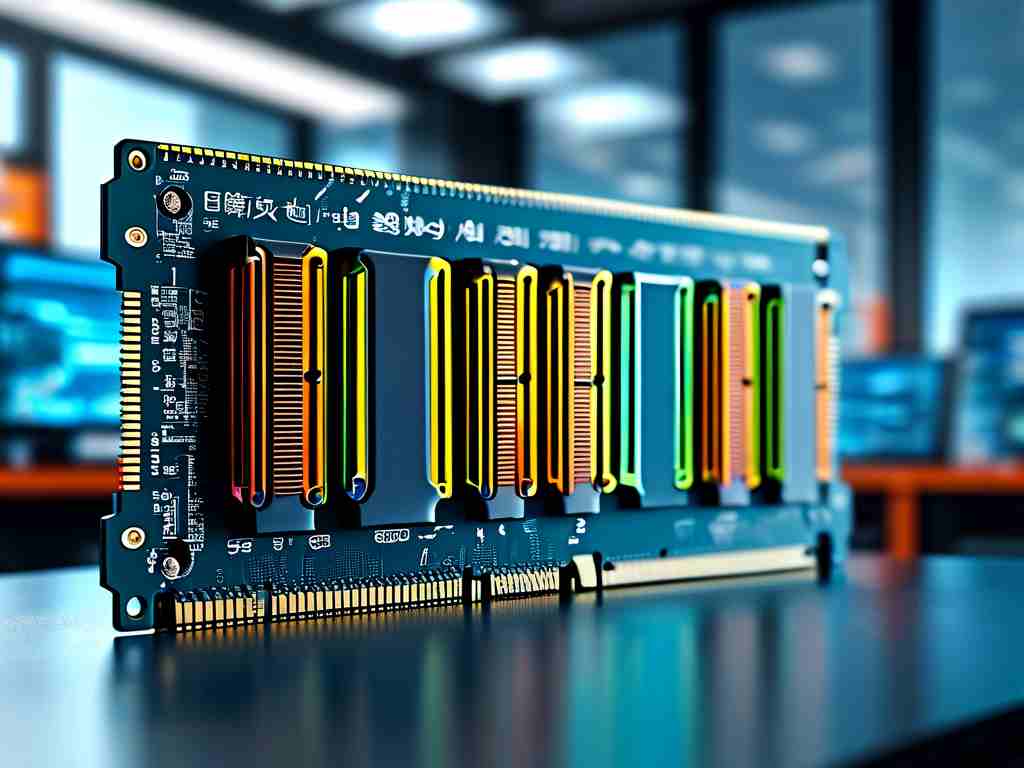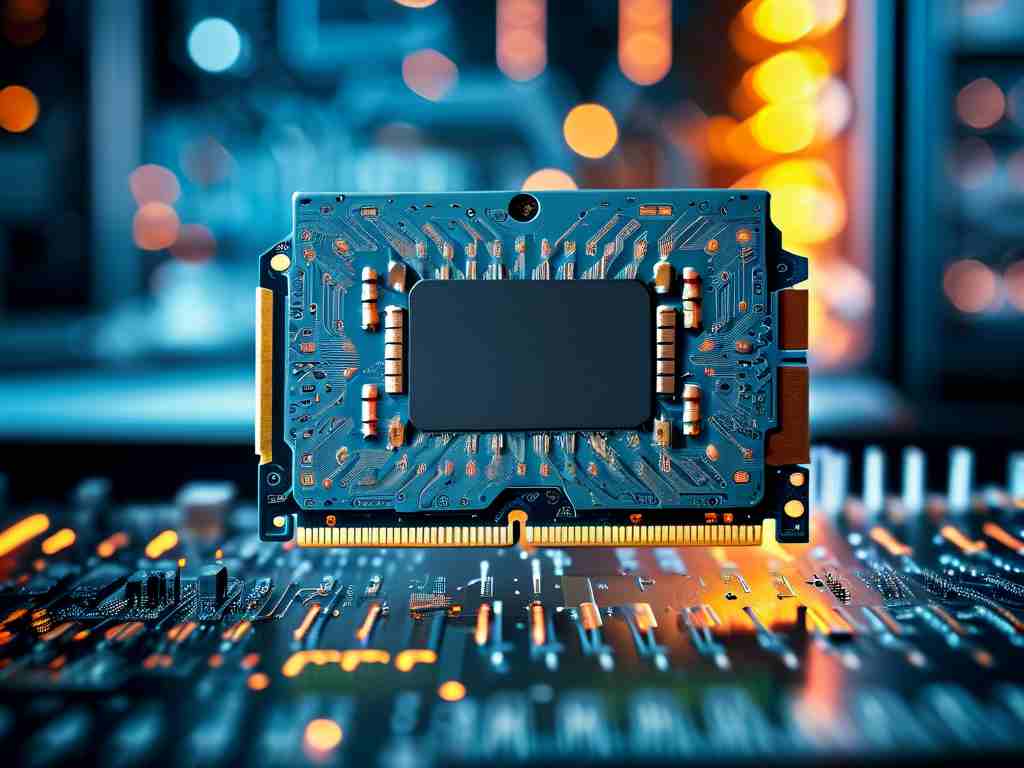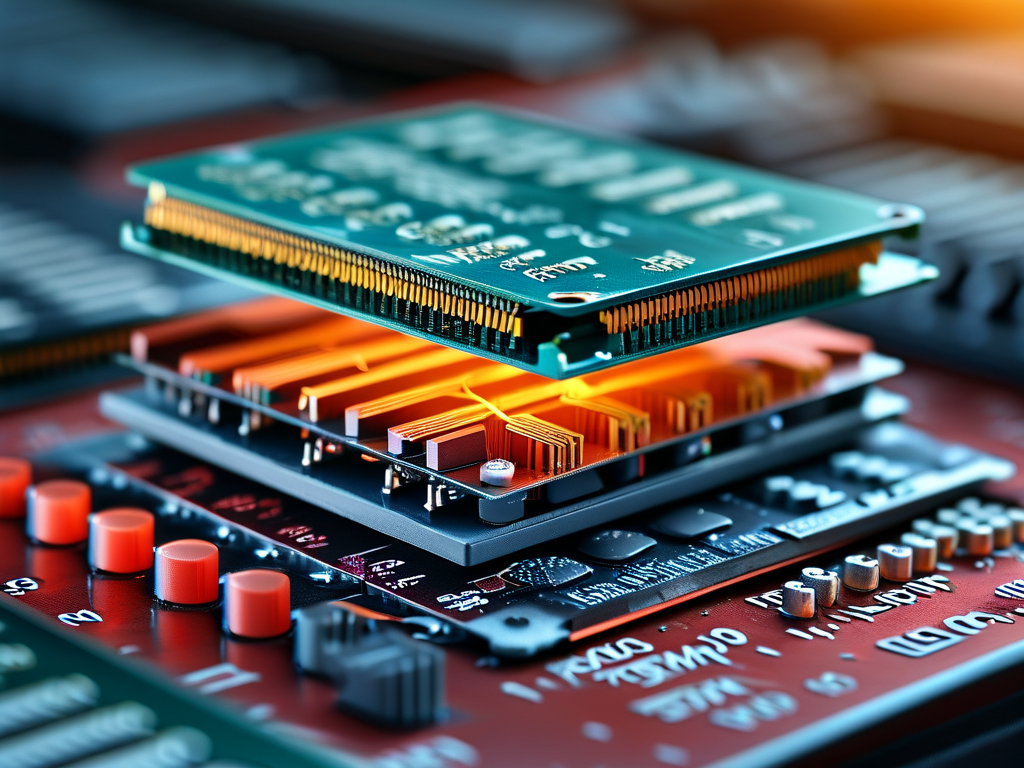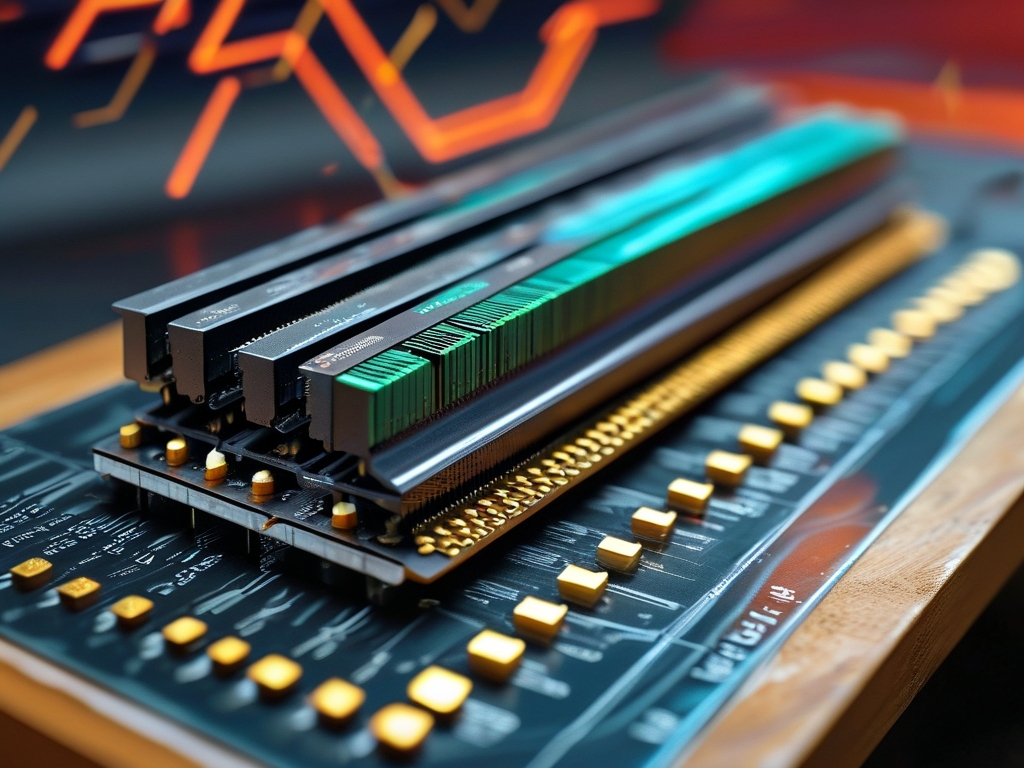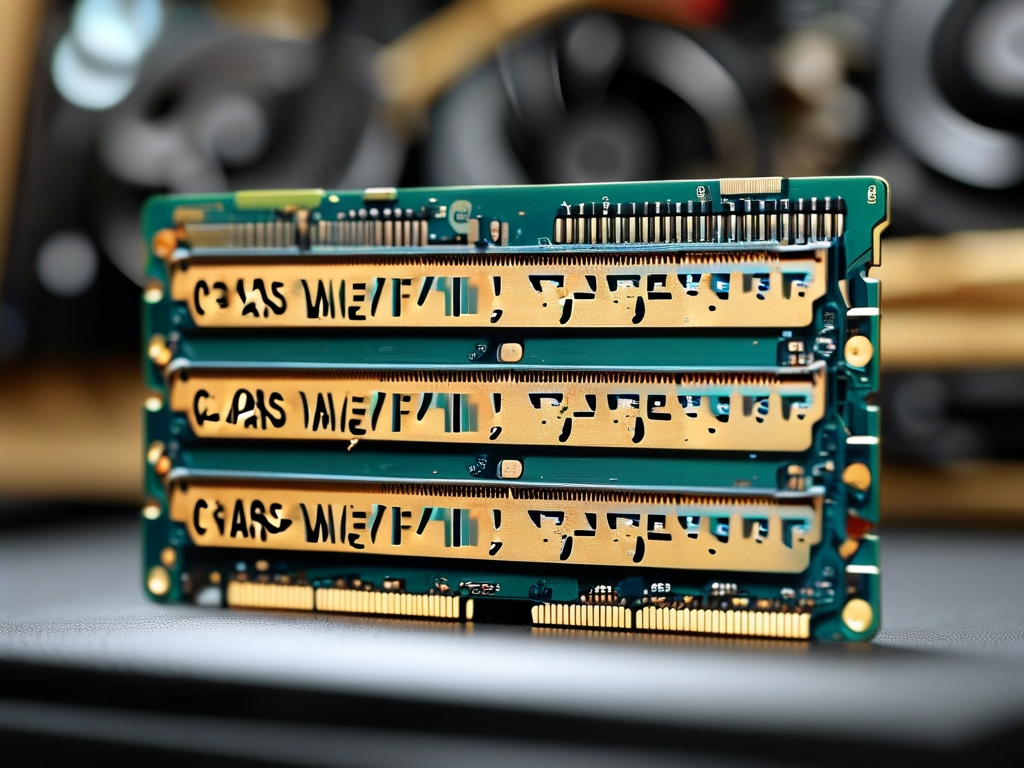Memory timing segmentation calculation is a critical aspect of optimizing system performance in modern computing architectures. Memory timings, often represented as a series of numerical values (e.g., CL-tRCD-tRP-tRAS), define the latency and synchronization parameters between the memory controller and RAM modules. Efficiently segmenting and calculating these timings ensures balanced performance, stability, and energy efficiency. This article explores the methodologies used for memory timing segmentation calculation, their applications, and their impact on system design.
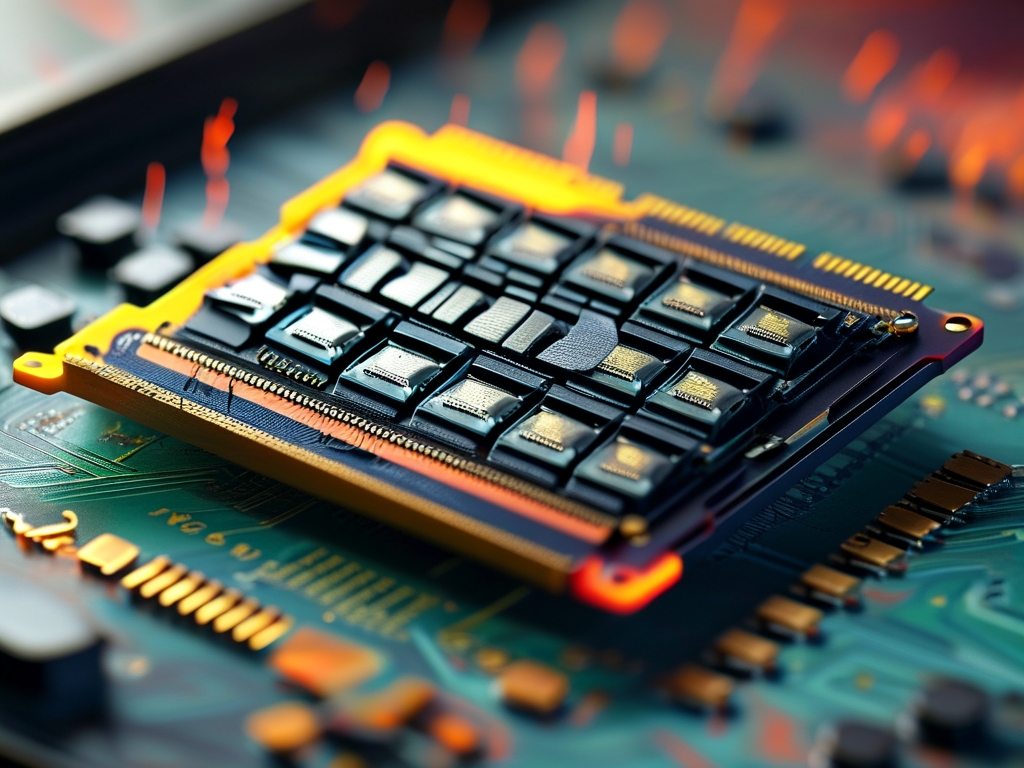
1. Basic Concepts of Memory Timing
Memory timings are governed by parameters such as:
- CAS Latency (CL): The delay between a read command and data availability.
- tRCD (RAS to CAS Delay): Time required to activate a row and access a column.
- tRP (Row Precharge Time): Time to close an active row.
- tRAS (Active to Precharge Delay): Minimum time a row must remain active.
These parameters are interdependent, and improper segmentation can lead to bottlenecks. Segmentation calculation involves breaking down these timings into manageable components to optimize performance across workloads.
2. Segmentation Calculation Methodologies
2.1. Mathematical Modeling Approaches
Mathematical models, such as linear regression and queuing theory, are used to predict optimal timing values. For example:
- Linear Regression: Analyzes historical performance data to correlate timing values with throughput.
- Queuing Theory: Models memory access patterns to minimize latency under varying load conditions.
These methods rely on statistical analysis and are often used in pre-silicon simulations for memory controller design.
2.2. Hardware-Centric Segmentation
Modern memory controllers use hardware-based algorithms to dynamically adjust timings. Techniques include:
- Adaptive Timing Calibration (ATC): Real-time adjustments based on temperature and voltage fluctuations.
- Per-Bank Refresh (PBR): Segments timing adjustments per memory bank to reduce idle time.
Hardware-centric methods prioritize low-latency adjustments but require specialized circuitry.
2.3. Software-Defined Timing Optimization
Software tools like BIOS/UEFI firmware or OS-level schedulers enable manual or semi-automatic timing segmentation. Examples include:
- XMP (Extreme Memory Profile): Predefined timing profiles for overclocking.
- Machine Learning-Driven Optimization: AI models analyze workload patterns to recommend timing adjustments.
These approaches offer flexibility but depend on user expertise.
2.4. Hybrid Approaches
Combining hardware and software methods, hybrid systems use FPGA-based controllers or programmable logic to balance speed and adaptability. For instance:
- FPGA-Controlled Memory Interfaces: Allow reconfigurable timing segmentation for specific applications.
- Dynamic Voltage and Frequency Scaling (DVFS): Adjusts timings alongside power delivery parameters.
3. Challenges in Timing Segmentation
- Stability vs. Performance: Aggressive timing reductions may cause system crashes.
- Workload Variability: Real-time applications (e.g., gaming) require different optimizations than batch processing.
- Compatibility: Timing profiles must align with motherboard and CPU capabilities.
4. Case Studies
- DDR4 vs. DDR5: DDR5 introduces finer timing segmentation with features like Same-Bank Refresh, reducing tRAS overhead.
- Data Center Optimization: Cloud providers use segmented timings to prioritize low-latency virtual machines.
5. Future Trends
- AI-Integrated Controllers: Autonomous timing adjustments using neural networks.
- Quantum Computing Implications: New timing models for quantum-classical hybrid memory systems.
Memory timing segmentation calculation is a multidisciplinary field blending hardware engineering, software optimization, and mathematical modeling. As computing demands grow, advanced methodologies will continue to evolve, enabling faster, more efficient memory systems. Understanding these techniques empowers developers and enthusiasts to unlock the full potential of modern RAM technologies.


